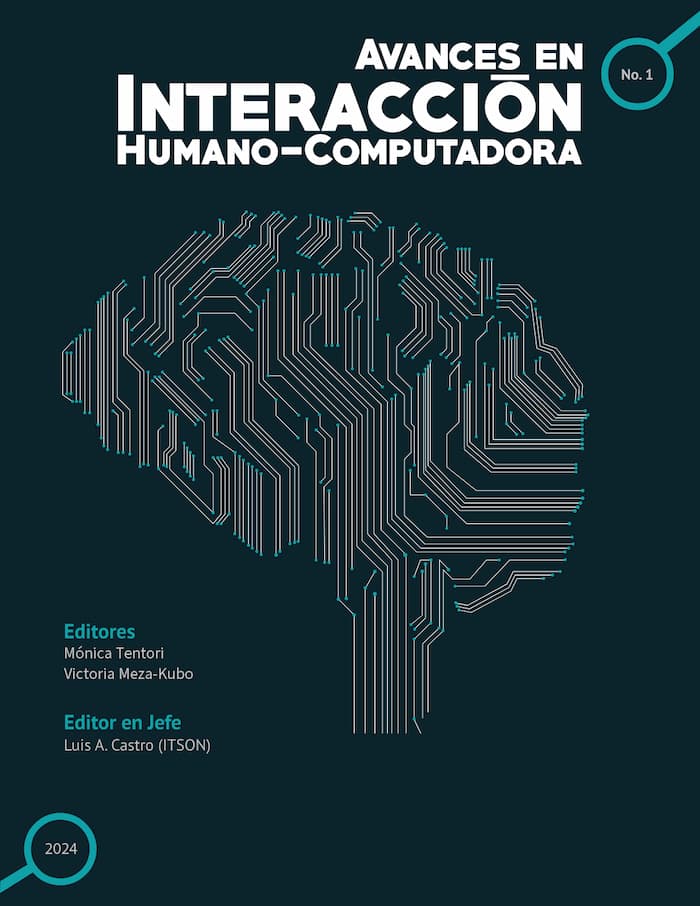Application of the Technology Acceptance Model to an Augmented Reality Navigation System
DOI:
https://doi.org/10.47756/aihc.y9i1.170Keywords:
Technology Acceptance Model, Augmented Reality, Navigation SystemAbstract
In this research, the Technology Acceptance Model (TAM) is implemented in an augmented reality navigation system within an educational institution. This system provides a navigation tool that facilitates the location and access to various areas and services of the university campus, such as classrooms, auditoriums, the library, the computer center, and administrative offices. TAM is applied to measure how students and staff interact with the system, assessing its effectiveness and their overall willingness to adopt it for campus navigation. The results reflect a generally positive acceptance of the project, although divided percentages reveal both support for the initiative and the identification of critical areas for improvement. This analysis validates the project's development and implementation and underscores the importance of optimizing certain aspects to ensure more effective and satisfying adoption. The contributions of this work include a deeper understanding of how different user groups perceive and adopt emerging technologies, as well as specific recommendations for improving the design of AR systems in educational environments.
Downloads
References
X. Bi, “Positioning and Navigation Technology”, en Environmental Perception Technology for Unmanned Systems, Singapore: Springer Singapore, 2021, pp. 203–232. doi: 10.1007/978-981-15-8093-2_7. DOI: https://doi.org/10.1007/978-981-15-8093-2_7
Sneha Saju, Aparna Babu, Arya S Kumar, Theres John, y Tintu Varghese, “Augmented Reality VS Virtual Reality”, international journal of engineering technology and management sciences, pp. 379–383, sep. 2022, doi: 10.46647/ijetms.2022.v06i05.057. DOI: https://doi.org/10.46647/ijetms.2022.v06i05.057
J. Cabero-Almenara y J. L. P. D. De Los Ríos, “Validación del modelo TAM de adopción de la Realidad Aumentada mediante ecuaciones estructurales”, Estudios Sobre Educacion, vol. 34, pp. 129–153, 2018, doi: 10.15581/004.34.129-153. DOI: https://doi.org/10.15581/004.34.129-153
R. Dave Aashka and Dumre, “A Comparative Study on the Use of Augmented Reality in Indoor Positioning Systems and Navigation”, en Intelligent Data Engineering and Analytics, P. and T. J. and B. V. and G. A. Satapathy Suresh Chandra and Peer, Ed., Singapore: Springer Nature Singapore, 2022, pp. 229–238. DOI: https://doi.org/10.1007/978-981-16-6624-7_23
R. Romli, A. F. Razali, N. H. Ghazali, N. A. Hanin, y S. Z. Ibrahim, “Mobile Augmented Reality (AR) Marker-based for Indoor Library Navigation”, IOP Conf Ser Mater Sci Eng, vol. 767, núm. 1, p. 12062, feb. 2020, doi: 10.1088/1757-899X/767/1/012062. DOI: https://doi.org/10.1088/1757-899X/767/1/012062
F. Lu, H. Zhou, L. Guo, J. Chen, y L. Pei, “An ARCore-Based Augmented Reality Campus Navigation System”, Applied Sciences, vol. 11, núm. 16, 2021, doi: 10.3390/app11167515. DOI: https://doi.org/10.3390/app11167515
G. Kumparak, “Hands-on with an Alpha build of Google Maps’ Augmented Reality mode | TechCrunch”. Consultado: el 1 de julio de 2024. [En línea]. Disponible en: https://techcrunch.com/2019/02/11/hands-on-with-an-alpha-build-of-google-maps-augmented-reality-mode/
Downloads
Published
How to Cite
Issue
Section
License

This work is licensed under a Creative Commons Attribution-NonCommercial-NoDerivatives 4.0 International License.
AMexIHC make every effort to ensure the accuracy and rigour of all the information (the "Content") contained in out publications. However, AMexIHC and our representatives make no representations or warranties whatsoever as to the accuracy, completeness, or suitability for any purpose of the Content. Any opinions and views expressed in this publication are the opinions and views of the authors, and are not the views of or endorsed by AMexIHC. The accuracy of the Content should not be relied upon and should be independently verified with primary sources of information.


